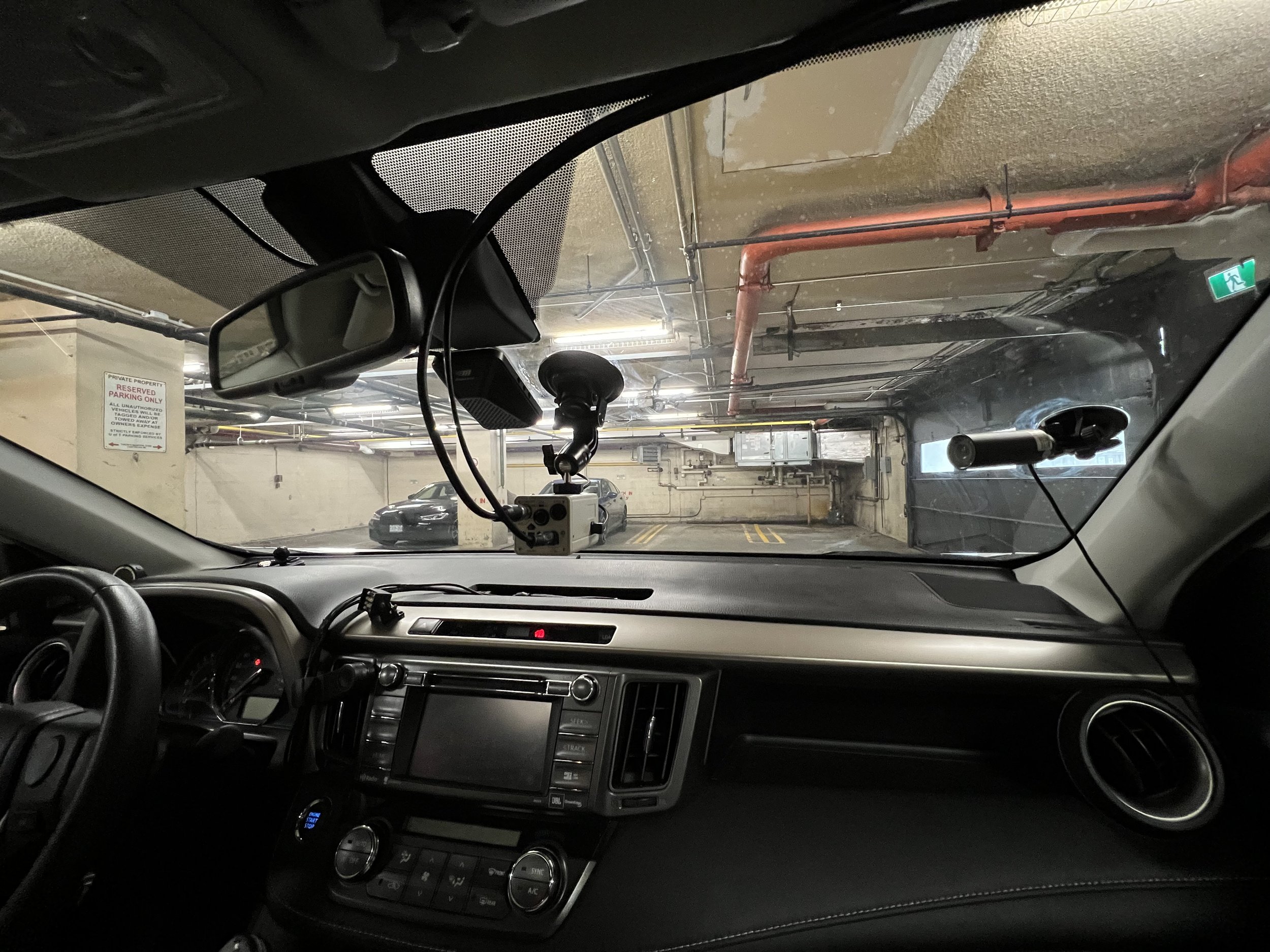Road Safety Research
An on-vehicle system that helps researchers investigate how misallocation of driver attention can contribute to incidents involving vehicles and Vulnerable Road Users.
To help identify the best design elements that contribute to a safer road environment, researchers need to collect real-world data on driving behaviour. But, how?
1 What do we need?
-
To understand how drivers are allocating their attention resources at intersections, researchers need to look at the visual scanning behaviour of the driver.
-
To correlate how drivers respond to Vulnerable Road Users at intersections and their behaviour, it is crucial for the researchers to see what actions drivers made. For instance, when the driver pressed on the brake paddle, or turned on the signal.
-
Other information that may be useful to the investigation includes weather and lighting conditions, position of Vulnerable Road Users, etc.
2 How do we get them?
An on-vehicle computer called Vehicle Testing Kit (VTK) is used to collect the data needed by the researchers. VTK can connect to devices such as cameras, head-mounted eye-tracker and vehicle CAN bus to collect videos, vehicle information and driver actions.

I’m here to solve the problems.
While the researchers are trying to set the system up, there were unexpected behaviours appearing. As an engineer, I have used my critical-thinking and problem-solving skills to approach such problems and debug the system.
Stability
The stability and reliability of the system is crucial for collecting the correct data. As such, I have tested the system multiple times with other researchers to ensure that the system is behaving as expected under different conditions.
Optimization
The system needs to be optimized to minimize any potential risk during the research, as well as ensuring the the efficiency of the system during hour-long road-testing sessions. I investigated the use of each component and suggested changes to make the system most optimized.
Integration
The system is collecting a wide range of data in real-time using different devices. I tested the system from ground up and debugged the incompatibility in the system to ensure the different components of the system can work seamlessly together.





